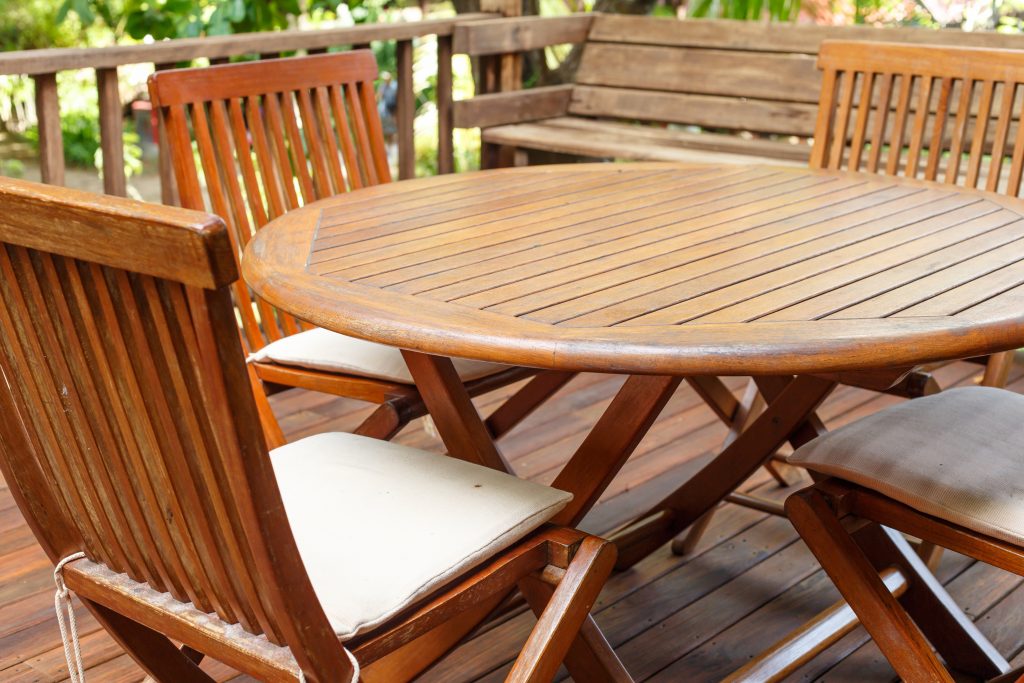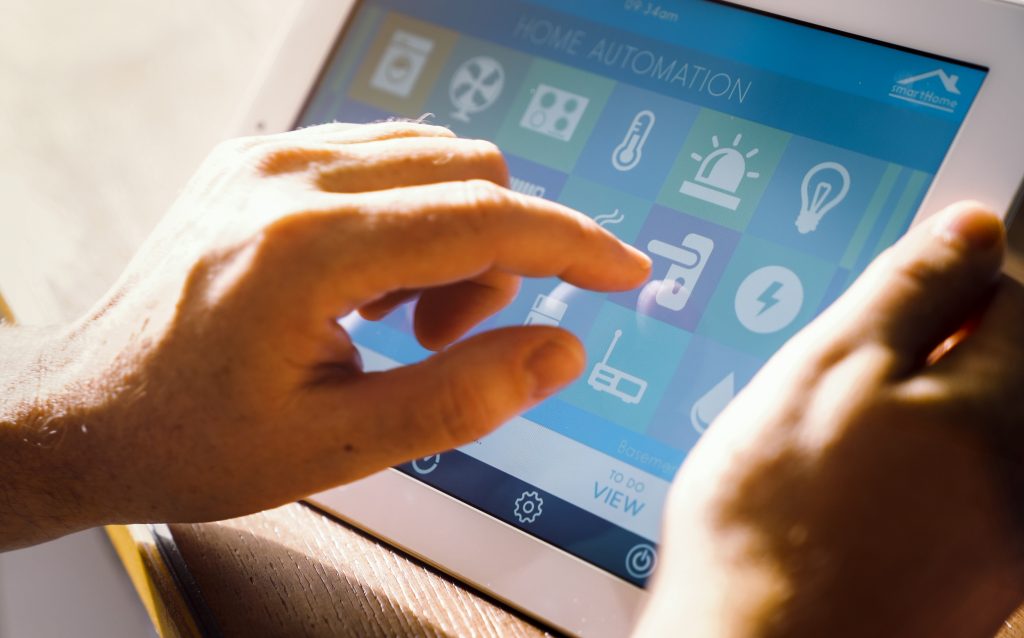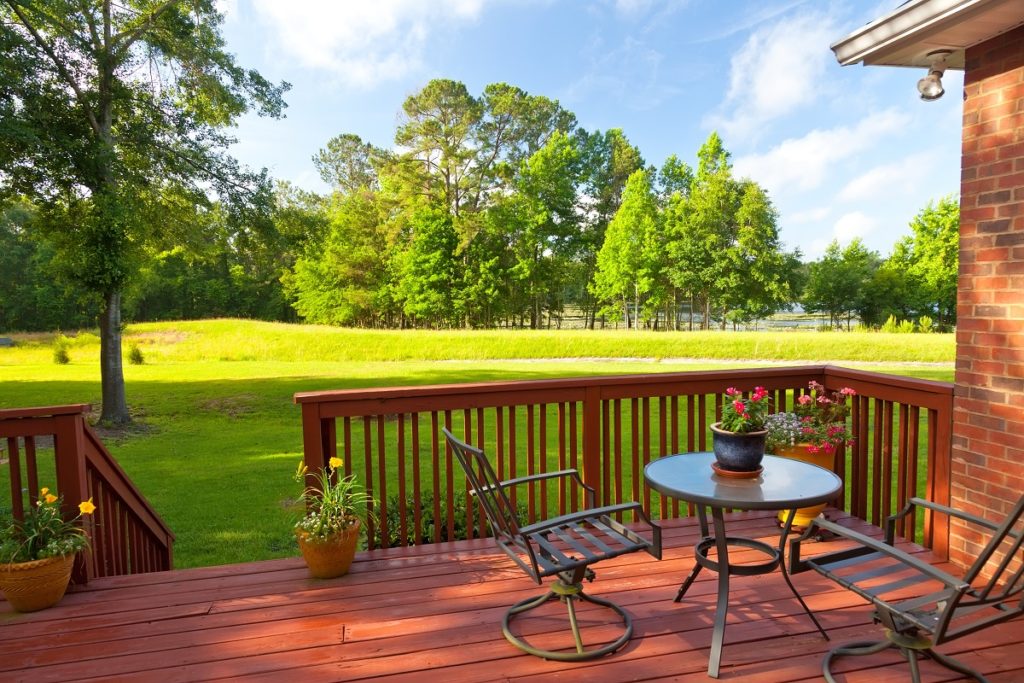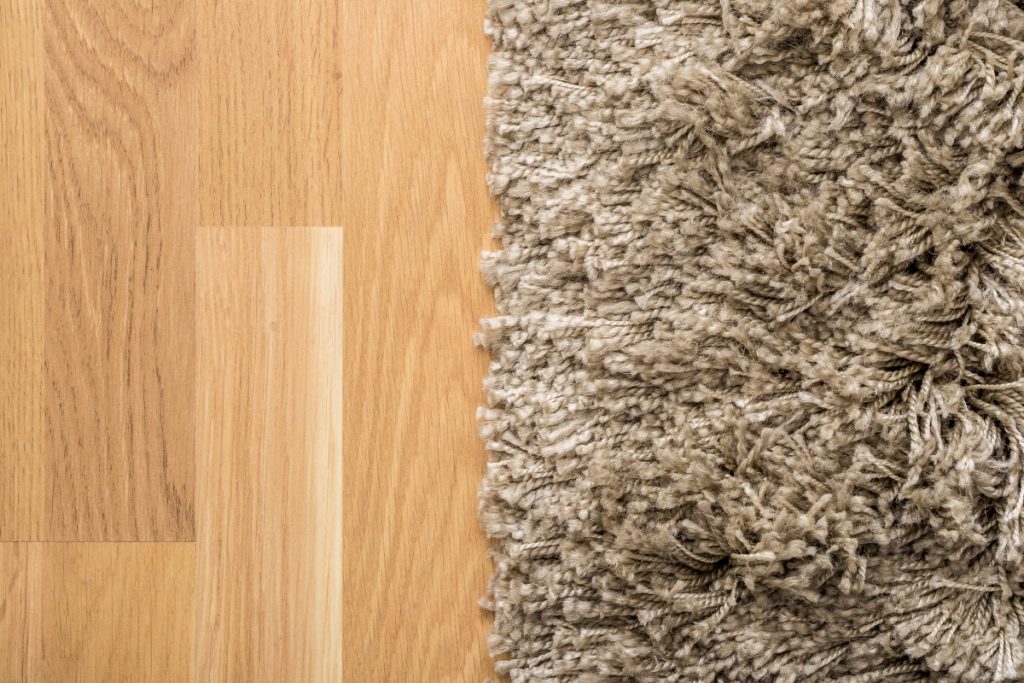- Choose durable materials such as stone, metal, or composite to build a low-maintenance home.
- Focus on energy efficiency with Energy Star-certified fixtures and appliances and consider solar energy.
- Install smart technologies like thermostats, automatic blinds, and sensor-activated lighting to save on labor costs.
- Maintain your home by regularly checking various parts of your home and keeping up with cleaning and repairs.
Building a low-maintenance home is an essential step in creating a living situation that requires minimal upkeep and hassle. The right design and building materials can mean the difference between spending your days off relaxing or running around trying to make repairs. This blog post will provide some tips on how to build a low-maintenance home so you can enjoy all the benefits of stress-free living!
1. Choose Durable Materials
When it comes to building a low-maintenance home, quality matters. You should choose materials rated for endurance and durability, such as stone, metal, or composite. These materials will withstand wear and tear for long periods without requiring frequent repairs or replacements. Investing in quality materials now will save you time and money. Look at the following areas in your home and consider changing the material:
a. Roof
Metal roofs are reliable and long-lasting, but asphalt roofing is also popular due to its affordability. You want to work with a professional asphalt roofing company that uses quality materials and guarantees their work. They should also offer a warranty covering any repairs or replacements due to wear and tear.
b. Windows
Fiberglass windows are durable, energy-efficient, and require very little maintenance. They are available in various styles and colors, so you can customize your windows to fit the look of your home. They are also less prone to cracking, warping, and discoloration over time than other materials, such as wood or vinyl.
c. Siding
Vinyl siding is a great low-maintenance option, as it doesn’t require much upkeep and doesn’t need to be painted. It is durable and comes in various colors, so you can find something that fits the look of your home. It can also be easily customized with trim, giving your home a unique finish.

d. Deck or Patio
Many homeowners opt for composite decking materials for their patios or decks. Composite boards are designed to look like natural wood but don’t require any staining or sealing and are highly resistant to fading, warping, and splintering.
2. Focus on Energy-Efficiency
Opting for energy-efficient windows, insulation, lighting, and appliances can also help reduce your maintenance costs over time. Energy-efficient fixtures typically require less frequent upkeep than their counterparts, and they also use less energy, so your utility bills will be lower. Plus, they may be eligible for tax credits that can help offset your initial investment costs.
Try to go for Energy Star-certified fixtures whenever possible. These have been certified to meet specific standards of energy efficiency. You may also want to look into solar energy, an increasingly popular option for powering your home and reducing maintenance costs. Many states offer incentives for those who install solar panel systems.
3. Install Smart Technologies
Smart technology is becoming increasingly popular in homes due to its convenient features that allow you to control various aspects of your home from your smartphone or other connected devices. Smart thermostats are especially helpful in reducing maintenance costs because they can help you monitor energy usage more closely and alert you when something needs attention before it becomes an issue. Other technologies like automatic blinds or sensor-activated lighting can also save on labor costs associated with manually operating these elements in your home.

4. Keep Up With Regular Maintenance
Regular maintenance is still necessary even if you choose the most durable materials and employ energy-efficient fixtures. Make sure to check all of your home’s fixtures, appliances, and other parts regularly to ensure that they are in good working order. This will help you catch any minor issues before they become bigger and more expensive problems.
It’s also essential to keep up with cleaning and minor repairs to maintain the look of your home and keep it functioning properly. Allowing dirt and debris to accumulate can cause damage over time, so make sure you are regularly vacuuming, dusting, and mopping. Additionally, inspect your home for any wear and tear, such as cracks in the walls or flooring, that may need repairs.
By following these tips, you can create a low-maintenance home that will save you time and money. Investing in high-quality materials, focusing on energy efficiency, and installing smart technologies are great ways to start. Additionally, regular home maintenance and cleaning will help keep it in good condition for years to come. With the right strategy, you can enjoy easy living and all the benefits that come with it!


